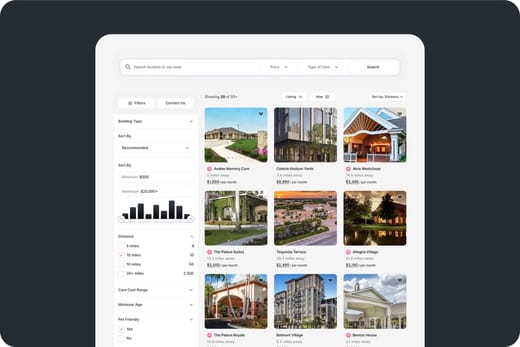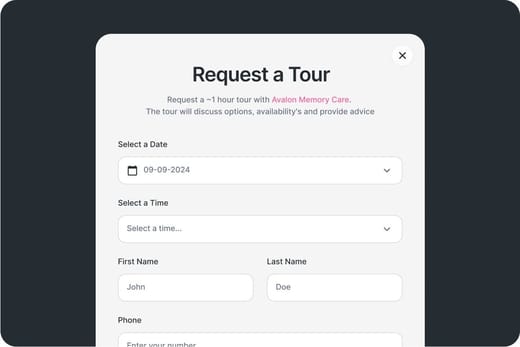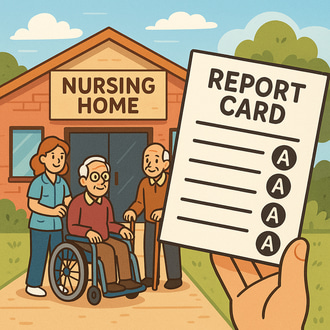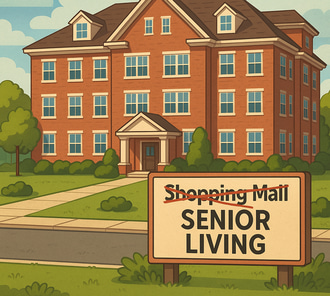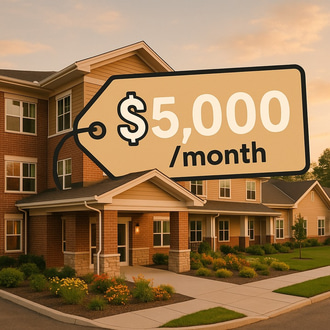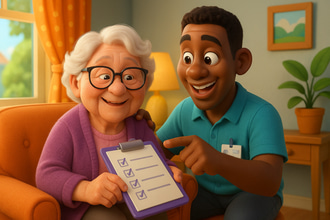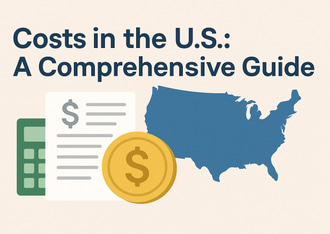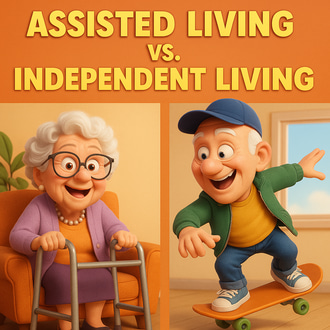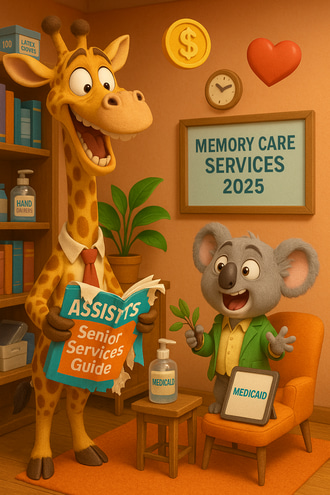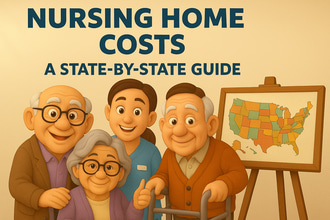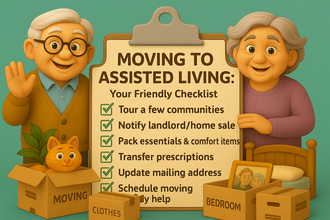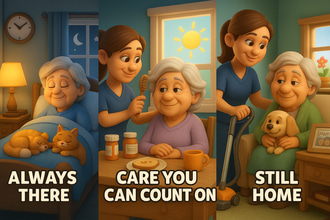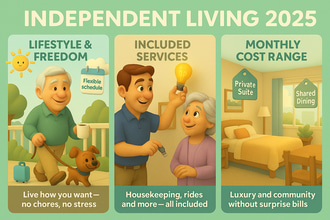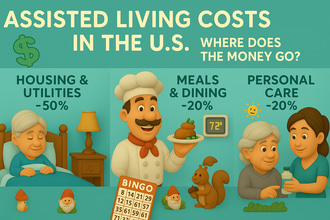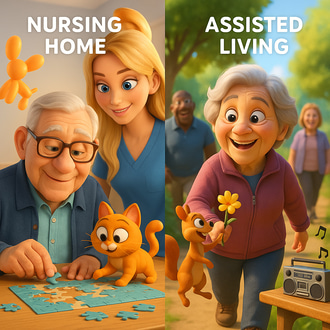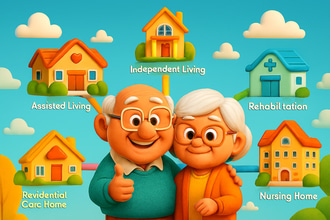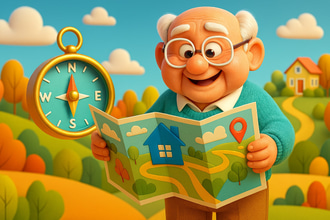Moving in is probably one of the final steps in transitioning to assisted living, meaning you have already done all the necessary steps to ensure the community is the right one for your needs, preferences, and financial capabilities. However, this process can be intimidating and stressful, especially with the preparations needed. To ease the stress of moving-in preparation, here’s a checklist that aims to help you prepare the things and requirements you might need.
Set Your Healthcare Needs
- Inform the attending physician.
- In most cases, moving into the assisted living community is at the suggestion of physicians. However, to ensure a smooth transition, inform the physician beforehand, especially if needing medical care.
- Prepare necessary medications.
- Check with the community about the availability of your medication or inform them before moving in to ensure it can be provided as per your physician’s instructions. For most communities, medication management is provided, hence, the care team will be responsible for administering prescriptions.
- Consider a new attending doctor.
- If you are moving to a different state, you might want to consider changing physicians and medical providers for convenience.
Work on the logistics
- Finding movers.
- Some community offers moving-in services, making it easier for older adults to move in. If you are planning to hire a moving company, it is better to find one early due to the several options available.
- In finding a moving company, ensure the community is within their service area, available on your move-in date, has positive feedback, and get cost estimates for budgeting.
- Some community offers moving-in services, making it easier for older adults to move in. If you are planning to hire a moving company, it is better to find one early due to the several options available.
- Complete paperwork.
- Verify that all the requirements and papers needed are complete before moving to avoid problems.
- Inform and update all necessary parties of your change of address.
- Necessary parties include the Social Security administrations, banks and other financial institutions, the postal service, healthcare providers, and insurance companies.
- Plan and schedule the cancellation of utility services.
- Ensure all utility services that won’t be in use after moving in are canceled appropriately to avoid unnecessary expenses.
- Add contact information for family and friends.
- Inform the people you want to know about your move-in to retain social connections. Also, check visitation policies to accommodate them.
- Prepare end-of-life care.
- While end-of-life is a difficult topic to start, it is better to prepare necessary details, such as a living will, DNR orders, and a power of attorney designation.
Downsize and pack
- Prepare necessary items.
- Before moving, ask the community about the items that you can bring to save space.
- Furniture, housewares, and appliances.
- If bringing furniture, ensure it fits your chosen accommodation and is allowed in the community.
- While some appliances may be provided, other kitchen appliances, like blenders, might be provided by you.
- Lessen decorative items as much as possible.
- Bring things that you absolutely love and let go of others, as there is not as much space in assisted living units. Choose decorative items that you feel most familiar with for comfort.
- Avoid bringing expensive jewelry.
- To prevent the risk of misplacing and losing expensive items, like jewelry, it is better to keep them at home or in a safe place.
- Avoid duplicates.
- One to two pieces of an item are enough.
- Personal items.
- Personal items bring comfort; however, since space might be limited, choose only the best of your favorites.
- Toiletries and wellness items can also be brought.
On the week of move-in
As much as possible, do not cram and act last minute to avoid stress and agitation. However, on the move in the week, it is recommended to:
- Confirm the move-in date with the community.
- Ensure everything is in place and ready for your move-in, such as clean rooms, medication, and care team availability.
- Confirm emergency pendant or watch.
- For quick response in case of emergency, ensure you or your loved one has an emergency pendant or watch. Most communities offer these; if not, you may purchase one from outside.

